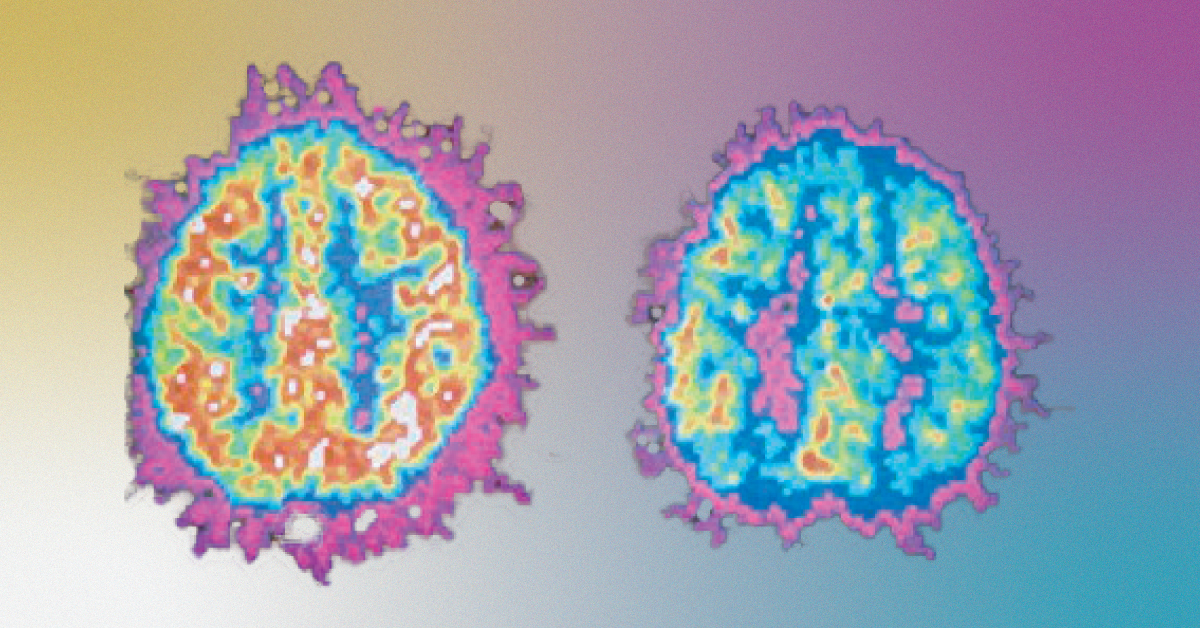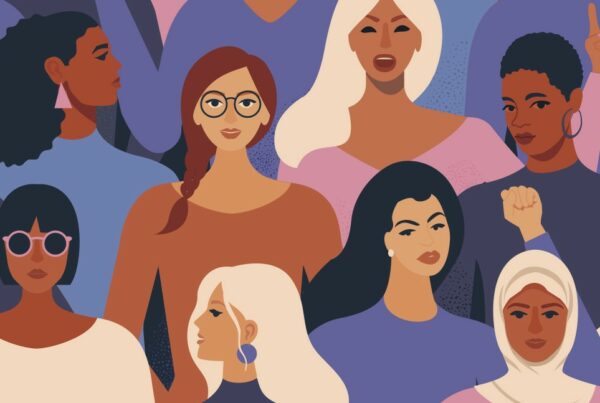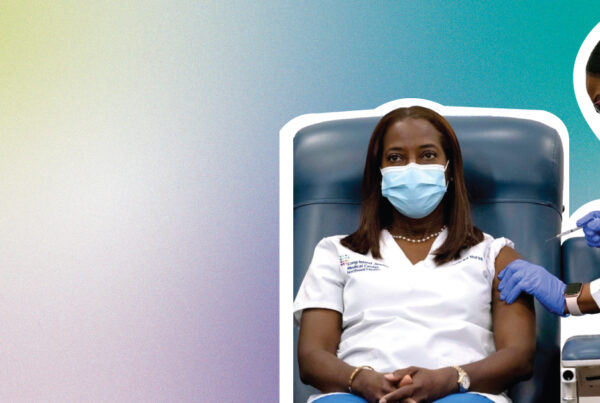Gender Stereotypes and an Underdiagnosis of ADHD in Girls
“I love my ADHD brain, but at the same time I hate it. I could be sitting in an empty room all by myself, and my own brain can occupy me for hours, but this can be distracting and detrimental to my responsibilities.”
Nicole, age 21, is a Health Sciences major at The Ohio State University, and she was diagnosed with ADHD when she was 19 years old. She was willing to sit down with me and discuss the effects that her late diagnosis had on her life, and how she found a treatment regimen that works for her.
ADHD is a neurodevelopmental disorder that presents in 3 common forms: Predominantly hyperactive-impulsive (PHI), predominantly inattentive (PI), and a combination of the two (CB). Based on clinical data, the disorder is common in boys, and seems to be much less common in girls. Do lower diagnostic rates in girls indicate a lack of understanding about the manifestation of the disorder in girls? Dr. Ellen Littman, the author of Understanding Girls with ADHD, estimates that 50-75% of all women with ADHD are undiagnosed. When girls are diagnosed with ADHD, they are typically diagnosed at least 5 years later than boys (who on average are diagnosed at age 7).
Gatekeepers to an ADHD Diagnosis
A lot of the underdiagnosis stems from current societal perceptions of ADHD and how it presents itself in boys and girls. A child with the PHI manifestation of ADHD is the stereotypical perception of the disorder — boys that are disruptive in class, fidgety, and uninvolved in learning. On the other hand, a stereotypical girl with ADHD will have the PI manifestation, which results in less disturbance in class because the behavior consists of spacing out, daydreaming, and general disinterest. While boys may tend to manifest their symptoms externally, girls are more likely to internalize their symptoms, resulting in these societal views of ADHD in boys and girls.
Since the desired behavior in the classroom is quiet and focused, having a girl who is reserved and doesn’t have many friends may be hard to pick up on if she is doing well in school. “I was described as lazy, shy, and had documented attention issues, but I always got good grades,” Nicole explains, reflecting on her elementary and middle school experience. “As I got older, the laziness turned into disinterest, and I would sometimes leave class for twenty minutes at a time to walk around the hallways at school.” The societal influences of gender and appropriate behavior is one of the biggest factors in children receiving a diagnosis. Since elementary school teachers are the most likely to observe the ADHD behavior, it is vital that they have proper training in order to notice these symptoms in both boys and girls. Since classrooms can sometimes have 30 children and only one teacher, it is unlikely that a teacher will report these symptoms to parents or counselors unless the behavior of the child affects the classroom. This is known as referral bias.
The Effects of a Late Diagnosis
Gender stereotypes not only affect classroom behavior, but also social behavior and the ability to make friends. “For a long time growing up I had issues making friends with other girls. In 7th grade, I went to therapy for about six months in order to strengthen my communication skills, since I had trouble maintaining eye contact. I wasn’t diagnosed with ADHD during this time, but I essentially learned how to function better in society and cope with the disorder I didn’t know I had.” Nicole’s experience is not uncommon in girls with undiagnosed ADHD, and is a phenomenon known as “camouflaging” symptoms in order to fit in with other girls, otherwise known as masking. This can produce a lot of stress in young children.
More often than not, masking behavior in young girls with ADHD can lead to the development of illnesses that may not have arisen if an earlier diagnosis had been made, most commonly anxiety and depression. In a 2016 study on late diagnosis of ADHD in women, “46% (of them) having seriously considered suicide, 36% having generalized anxiety disorder, 31% having major depressive disorder and 39% having substance abuse problems at some point in their life.” Girls with undiagnosed or late-diagnosed ADHD are 5.4 times more likely to develop major depressive disorder before being diagnosed with ADHD. Sadly, sometimes the presence of emotional problems can result in an ADHD diagnosis being ruled out.
Nicole has comorbid anxiety, which can sometimes lead to depressive episodes. “When I’m not on my meds and I am faced with a situation that requires me to focus on a task, I can become overwhelmed. Since I have ADHD, I struggle to sort through my problems one by one and compartmentalize things, so when things build up my anxiety can begin. After a certain amount of time in a situation like this, it can lead to panic and even depression, which will eventually turn into general disinterest in the activities that I enjoy. I think that if I was diagnosed earlier in life with ADHD, I would have never developed anxiety because I would have developed coping mechanisms to deal with my ADHD earlier in life before my ADHD manifested as anxiety.”
Living with ADHD
Treating ADHD does not end after getting medication — typically, lifestyle changes and therapy are equally as important. “It took me four different tries to find a medication that helped me, but ADHD meds are not just magic focus pills.” Nicole has taken the past few years to confront, understand, and work with her ADHD in order to live her life to its fullest. “Through cognitive behavioral therapy, I have found out a lot of things about my ADHD. I tend to get more done in the mornings than in the evenings, so I try to wake up around 7 or 8 everyday when I have work to get done. In high school I was a 3-sport athlete, so it’s important for me to stay active and exercise daily to keep up a routine. Exercising in the middle of the day just as I begin to hit a mental wall can sometimes feel just like taking Adderall, minus the effects it has on my sleep.”
Call to Action
ADHD is not something that people will outgrow, therefore it is vital to find ways to live happily and healthy.
- Encourage reaching out to a therapist. If you or someone you know is having trouble academically or socially, talking to a therapist can help you realize what the next step should be. A great resource to find available therapists near you is through InclusiveTherapists.com.
- Be patient. It can be difficult to receive a late diagnosis of ADHD, especially after spending most of your life without a diagnosis. Being there for friends who are going through this process is sometimes the most important thing.
- If you have been recently diagnosed with ADHD, find support through websites like CHADD (Children and Adults with Attention-Deficit/Hyperactivity Disorder), a great resource for adults. There are also support groups you can find.
- You can get involved with CHADD by donating and/or volunteering.

–Hannah Lichtenstein, Guest Writer






